
Enjoying a four day break in our son Daniel’s house, with amusing company in the shape of Missy the kitten. Fortunately, she is a “ house cat “ and apart from roaming the house,she spends a lot of time looking at the garden through the French windows.
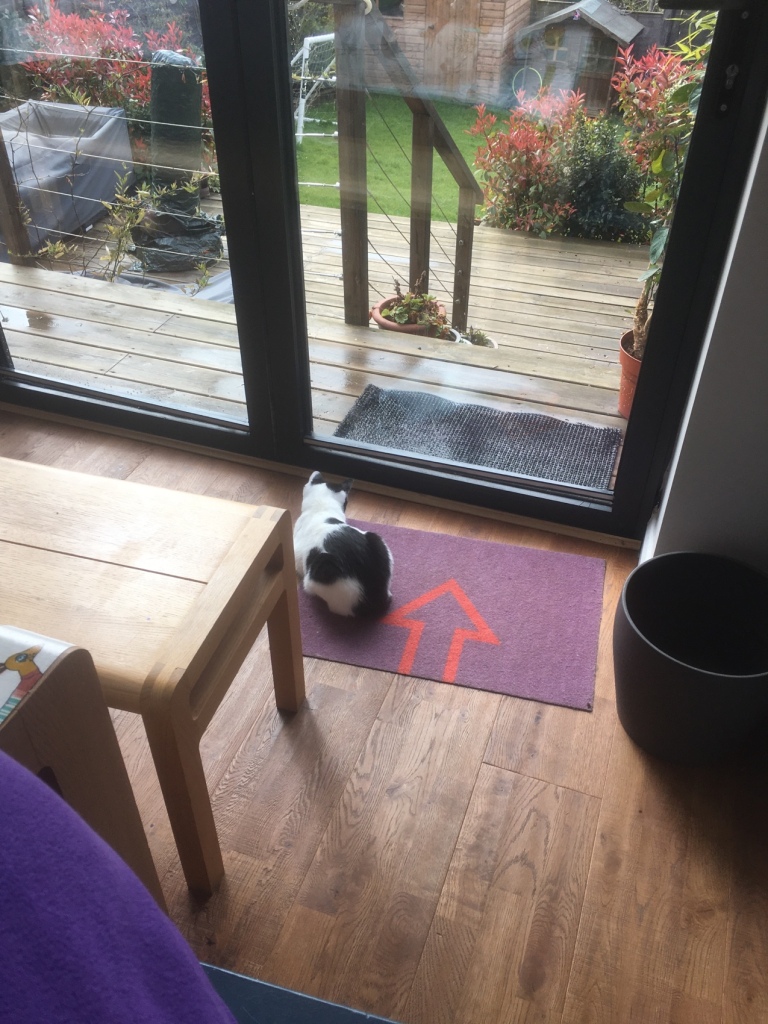


Berkhamsted lies on the western edge of Hertfordshire, bordering the Chiltern Hills. Over much of the last millennium it was an important market town with strong royal and literary connections; today it is a vibrant residential and cultural centre, and while it is now part of the Borough of Dacorum it has retained its own strong identity. Together with the adjoining village of Northchurch it is separated from other towns and villages by lovely countryside, all of it in the Metropolitan Green Belt and much of it classified as being an area of outstanding natural beauty.
Lying in the River Bulbourne Valley – a rare chalk stream – the town is also bisected by the Grand Union Canal and the main railway line to Euston.
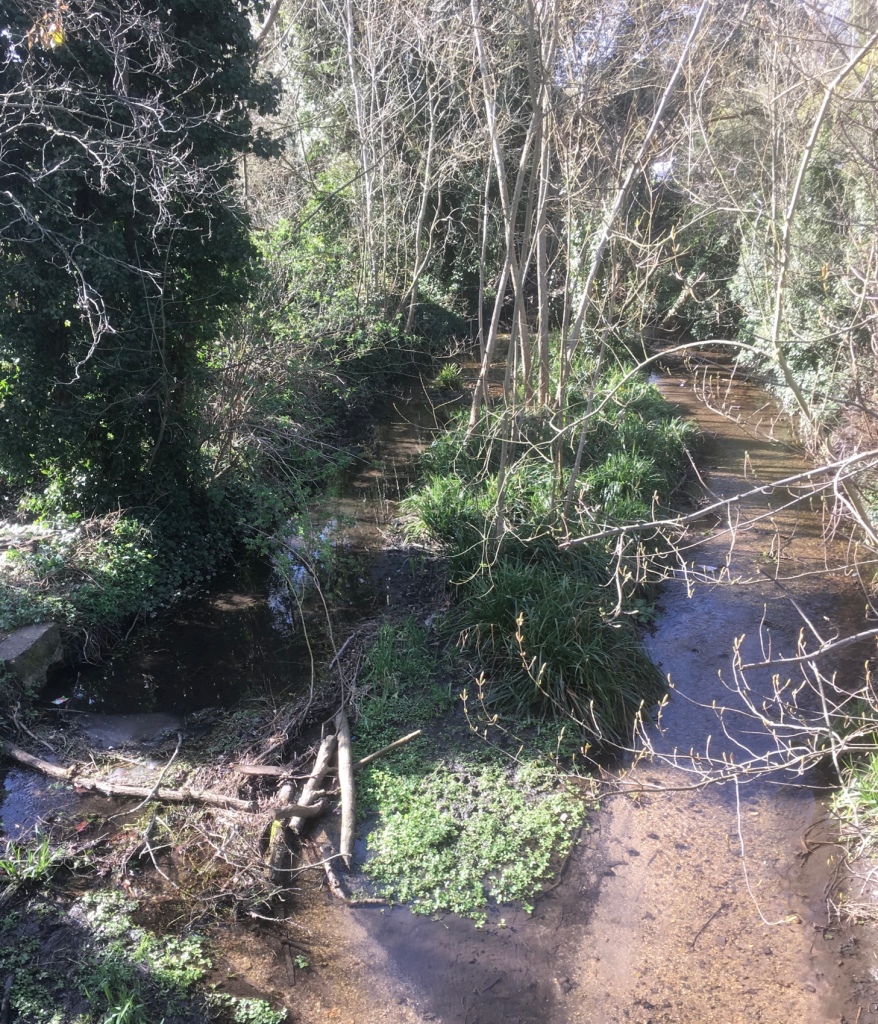
There is much to discover in the surrounding countryside and with weather set fair, it was time to set off. Hill Farm was in the area chosen to explore, easily accessed from Dan’s house along a pleasantly wooded ridge.

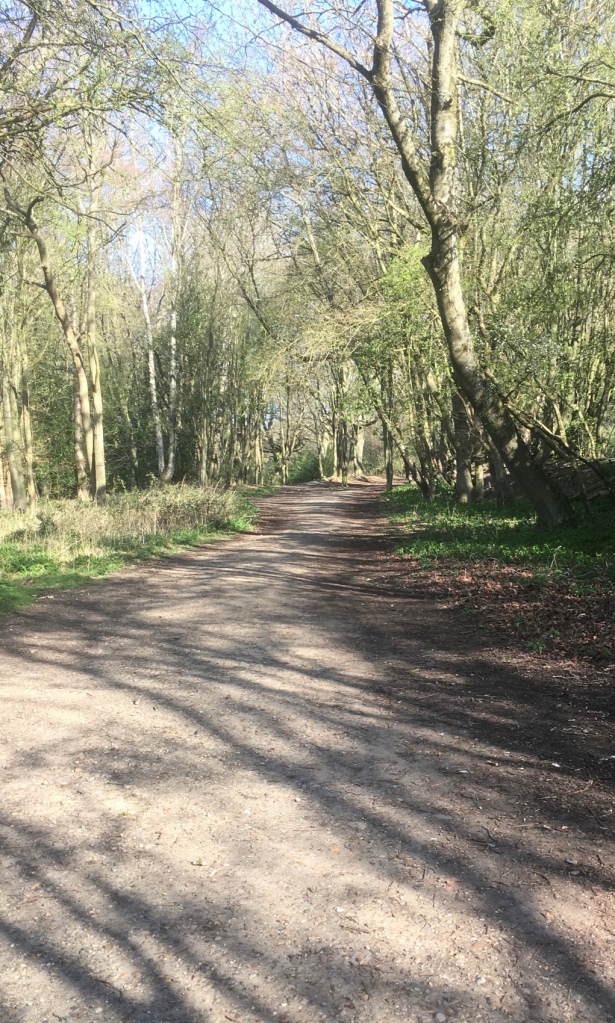
Northchurch Common was en route.


On reaching the farm a detour was taken across part of the Ashridge Estate – 5000 acres of woodland,chalk downs and lush meadows .
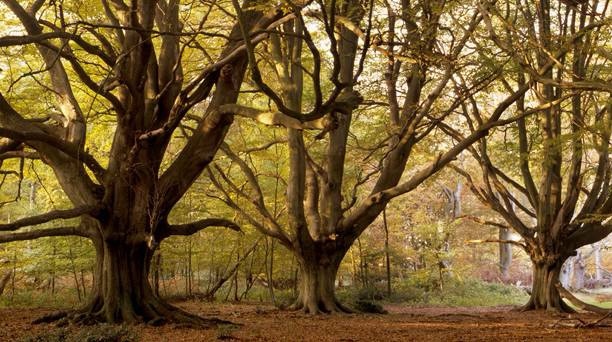
Hill Farm has a shop, cafe and an outside seating area designed to interest children,in particular.




A pleasant five mile walk – back home in time for the Premier League lunchtime kick off between Liverpool and Watford..
The next day broke fair and so a longer walk was chosen,using a pull-out from Country Walking magazine…dated March 2005…doubtless there will be pathway changes afoot after 17 years. “ Beech Beauty” was the title and promised “ a charming blend of peaceful common land and glorious beech trees…a varied walk through the beautiful Ashridge Estate,now in the care of The National Trust…(plus) the vastness of Ashridge House is breathtaking.” All the ingredients for an enjoyable walk in new surroundings. The walk began at The Alford Arms,Frithden, a 3.5 mile drive from Berko.

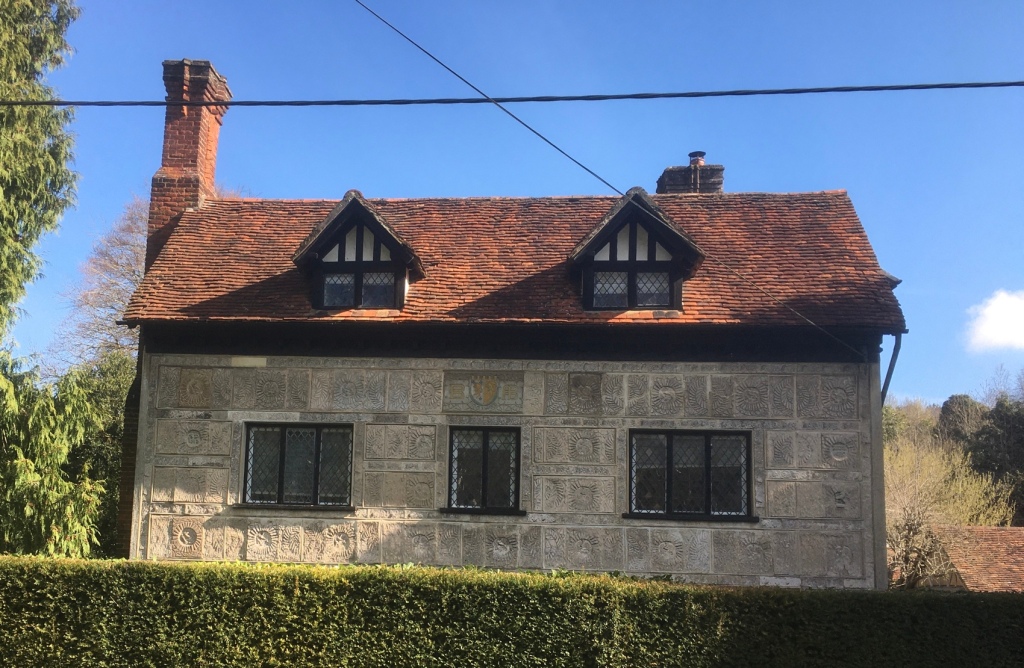
A path immediately opposite the pub was taken,we had to stop occasionally to allow horse riders to pass – makes a change from bikes!
There followed a lengthy section through a golf course which looked like every other golf course I’ve traversed until we reached Frithsden Beeches.
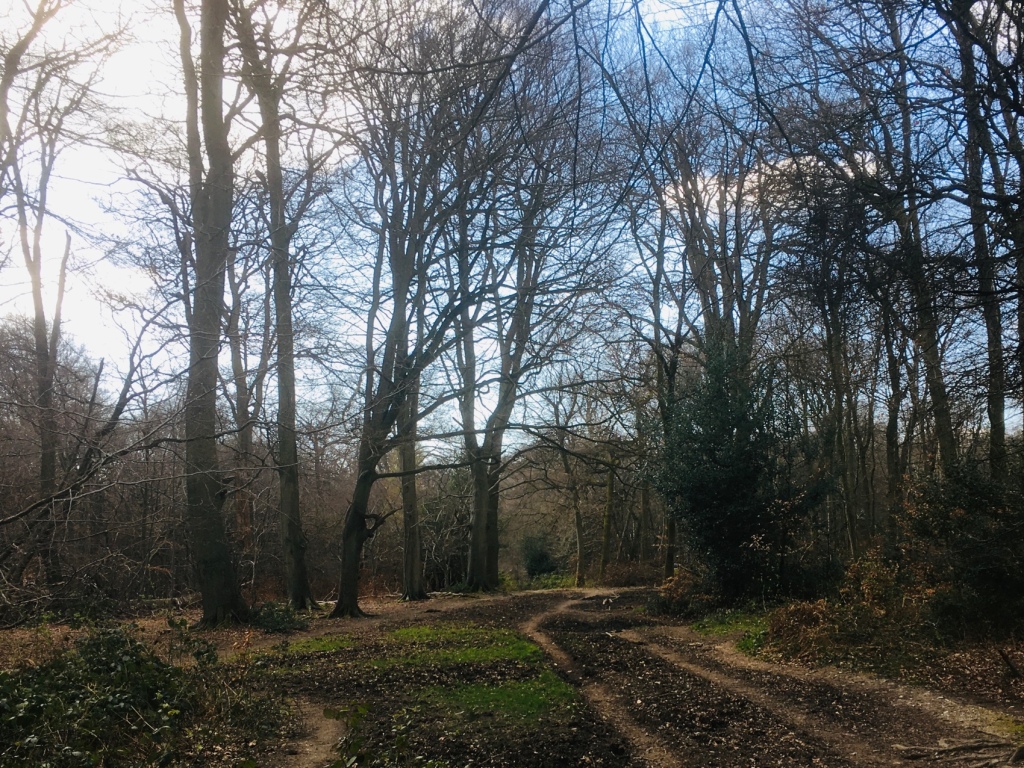
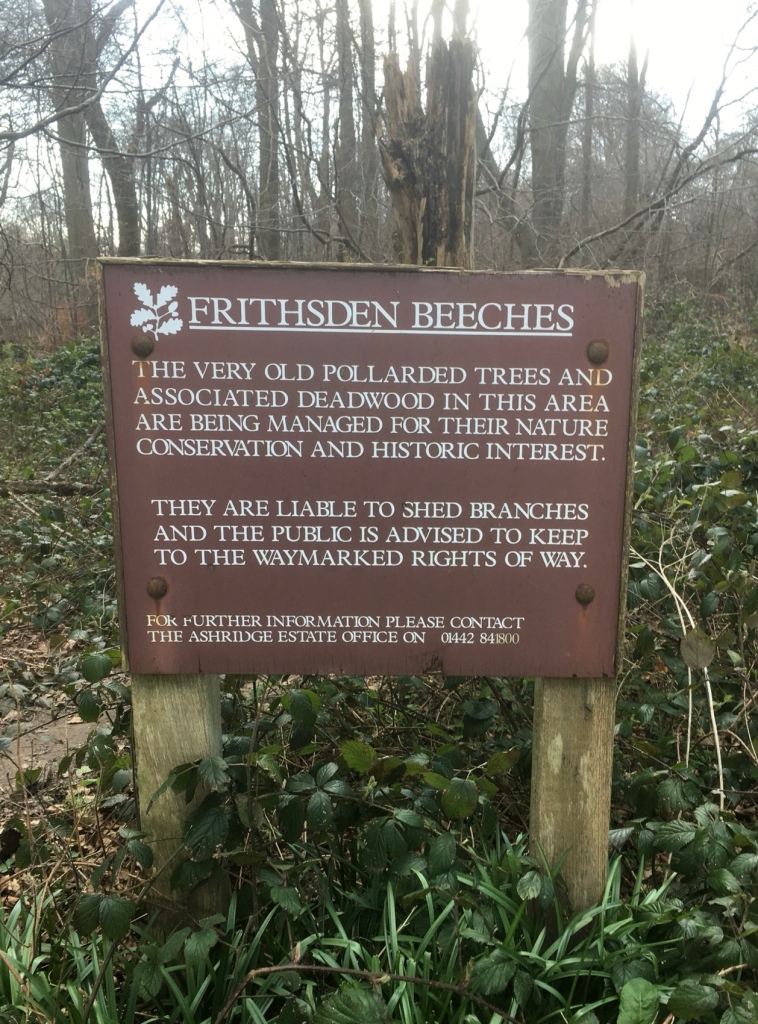
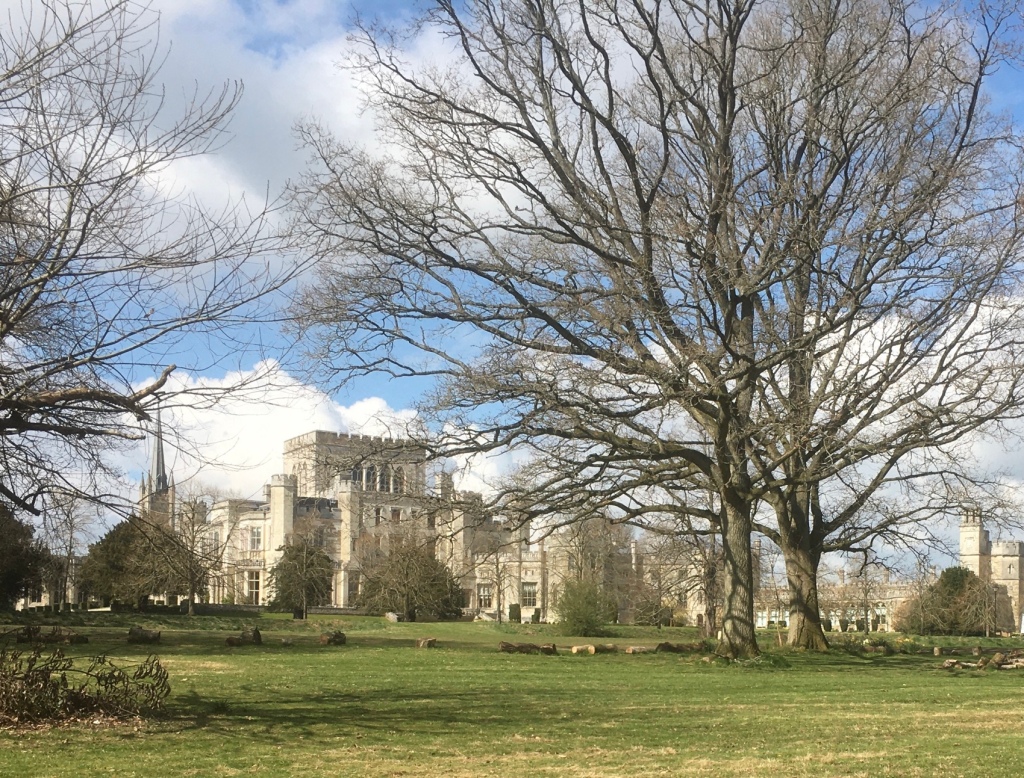
BRIEF HISTORICAL RESUME OF ASHRIDGE HOUSE Courtesy of the National Trust.
Monastic Foundations
Ashridge began life as a monastery founded by Edmund of Cornwall, nephew of Henry III, in 1283 to house a holy relic. The monks were known as Bonhommes or blue friars because of the colour of their robes.
During the 13th century a deer park was established with the ancestors of the Fallow deer that still roam the estate today.
Royalty at Ashridge
Ashridge House was popular with Royalty from 1290 when Edward I held a parliament in the monastery. After the dissolution of the monasteries Ashridge became the property of Henry VIII and his children.
The Egertons
Thomas Egerton, chancellor to Elizabeth I, bought the estate in 1604. He added domestic wings to the ancient monastic buildings.
The Capability Brown connection
The Ashridge Estate has been adapted by its many owners over its history. Around 1760 Capability Brown, a famous landscape architect, worked on Ashridge’s parkland creating the Golden Valley. His work was continued 50 years later during another phase of redevelopment by one of his students, Humphrey Repton.
The Canal Duke
The third duke established the name in connection with waterways establishing the first canal in Britain to serve his industrial interests in the Mancester area. He became known as the ‘Canal Duke’ and the Bridgewater Monument was built in his memory.
The Brownlows
The Ashridge Estate passed sideways though inheritance to the Brownlow family in the 19th century. Under the third Earl Brownlow the estate developed and many famous people stayed at Ashridge House.
Ashridge in wartime
During both World Wars the house was used to train and billet troops. In the Second World War it became a convalescent home for St Albans Hospital.
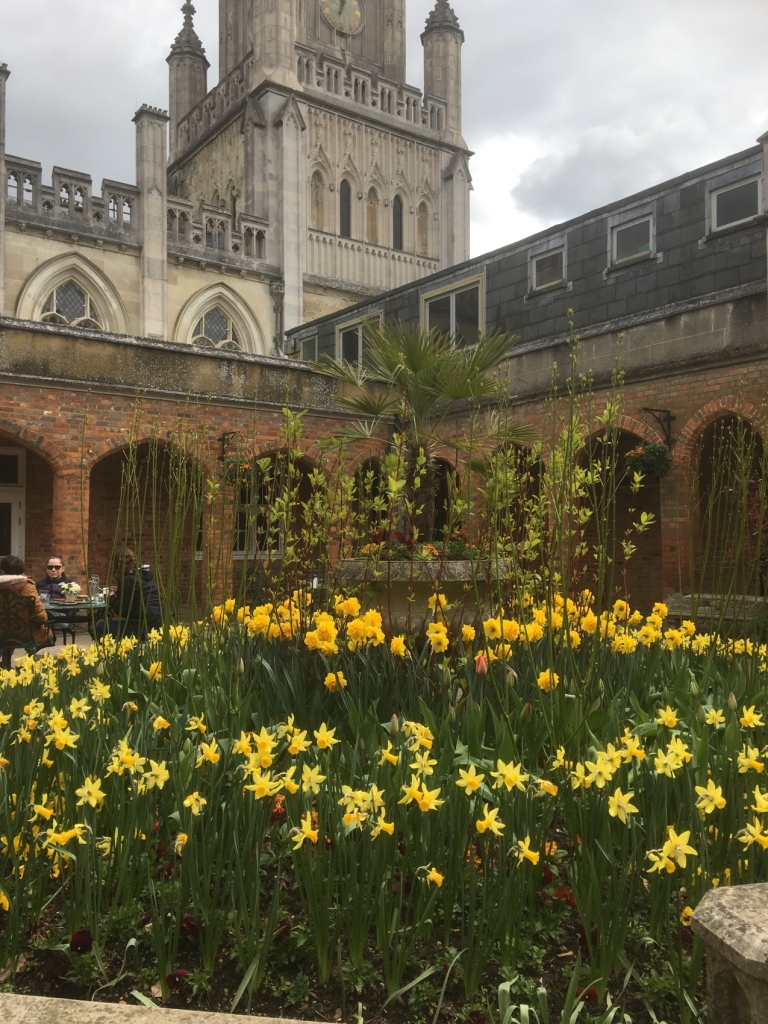
Moving on,the next interesting discovery was a Buddhist Temple.
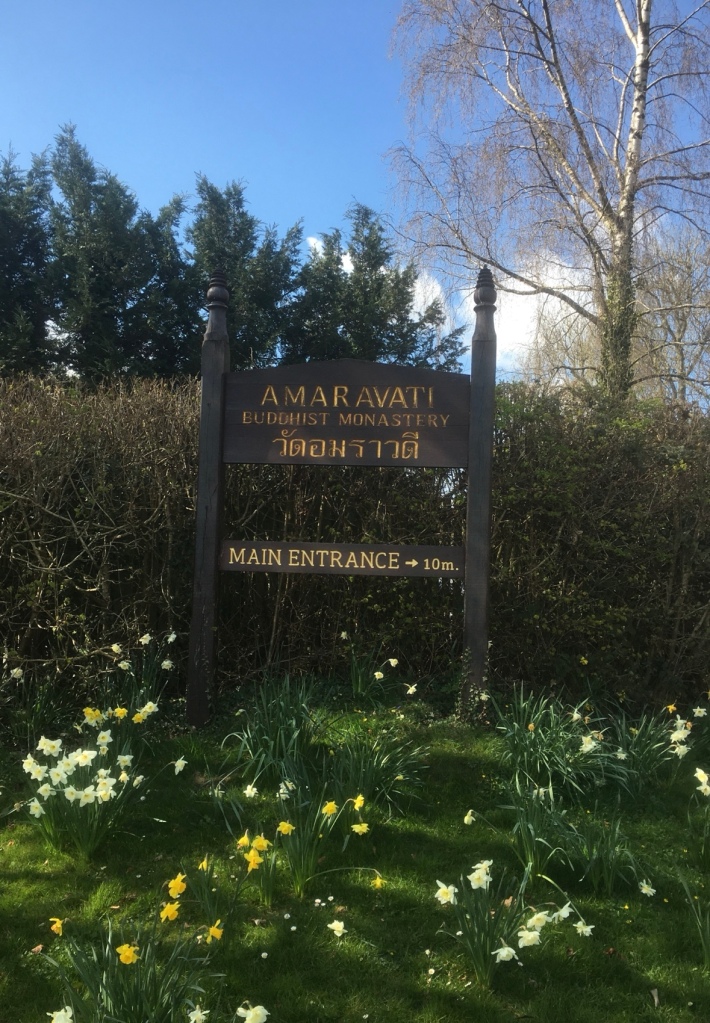
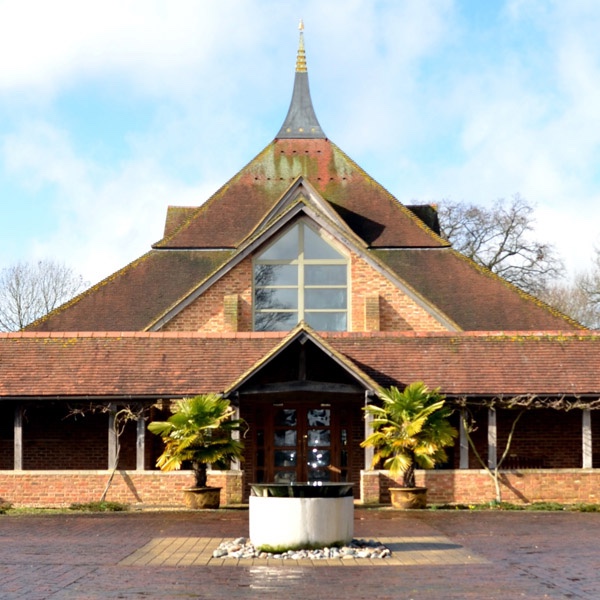

On the descent to the Alford Arms we were overtaken either by a monk, or a chef who was late for his Sunday lunch shift at the pub. A welcome pint at the pub before returning to Berko and a time to reflect…

Monday dawned wet and grey as forecast,so I went down into Berko with Hannah in the car for a spot of shopping and coffee. Berkhamsted is a very comfortable place to live – no graffiti, nor beggars,nor much multi-ethinicity, though that might change. You won’t find a Poundshop,Aldi or Lidl either! Morrisons rules,but I secretly quite like a peek in there. Even the charity shops look like boutiques.
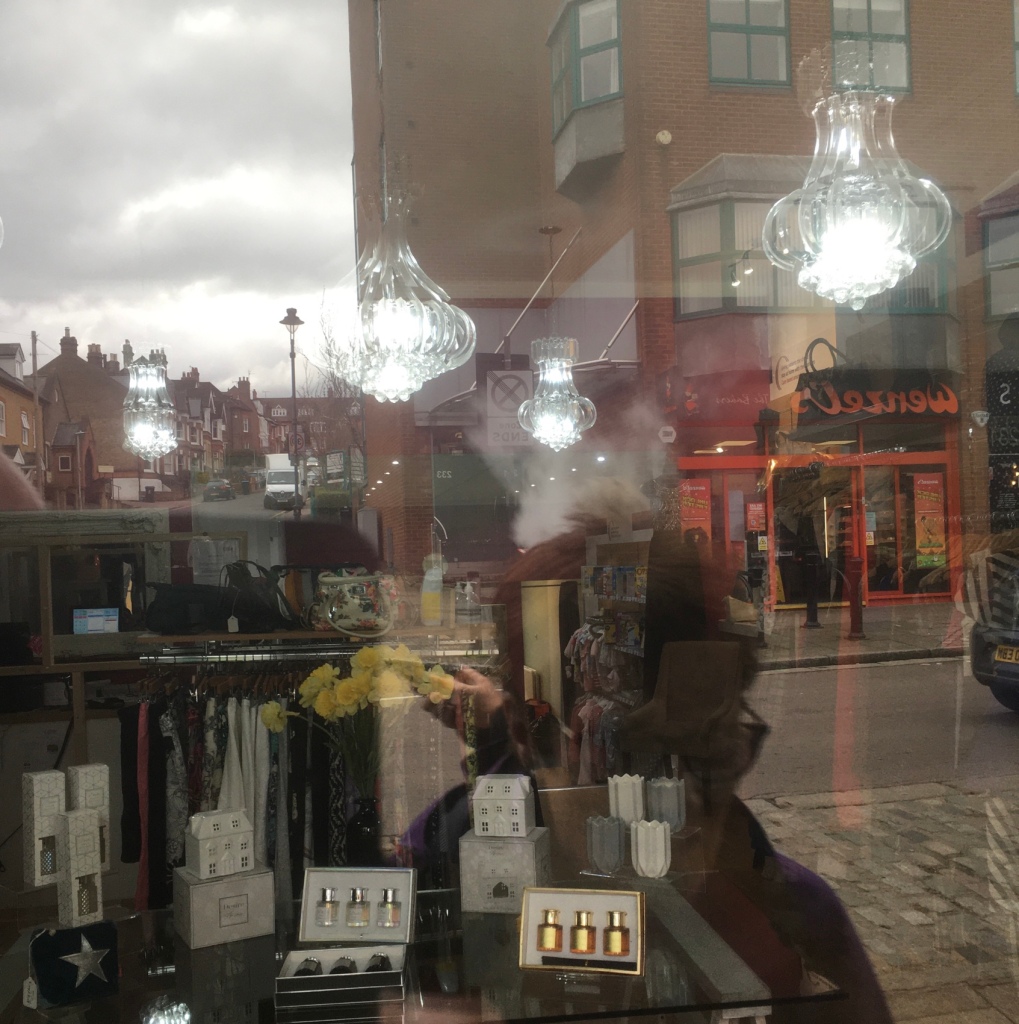
Thankfully the rain cleared by lunchtime so it was time to use one of the aforementioned town council guides to greater Berkhamsted. This began at Berkhamsted Castle .English Heritage manage the site now and there is plentiful information about the history of the Castle on their website.
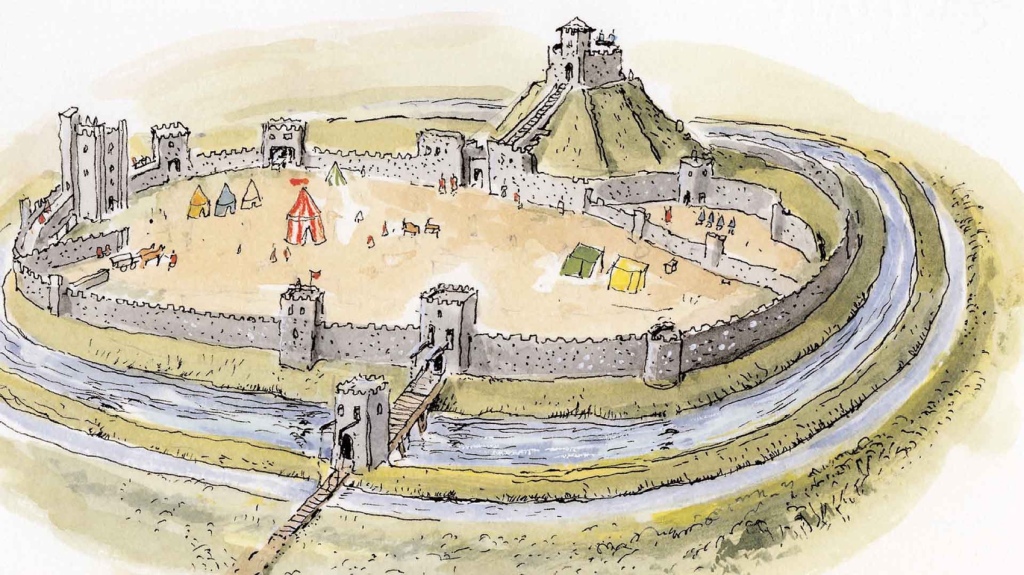

There followed a lengthy stroll along the canal and for some considerable distance the canal is overlooked by apartments and a variety of sometimes interesting houses.
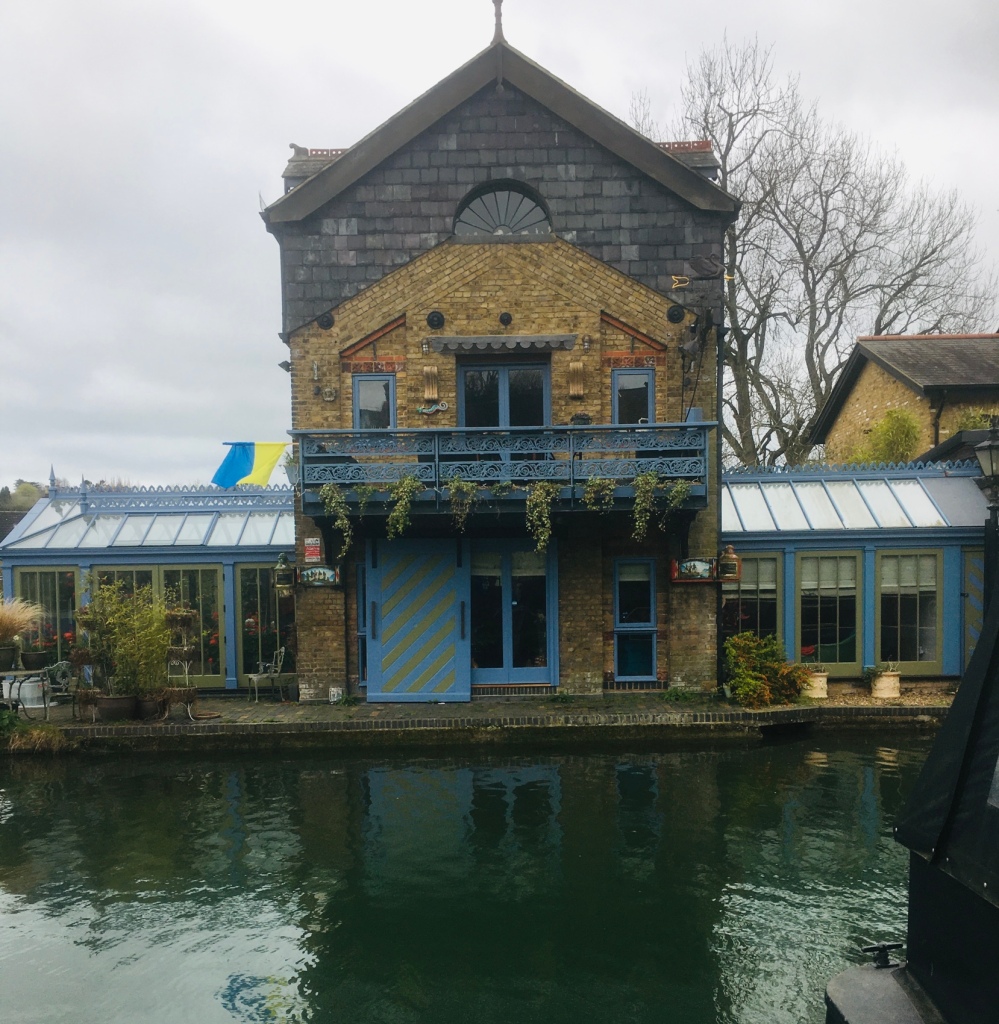


This was an unexpected sight, all the more so considering how busy this stretch of canal is.
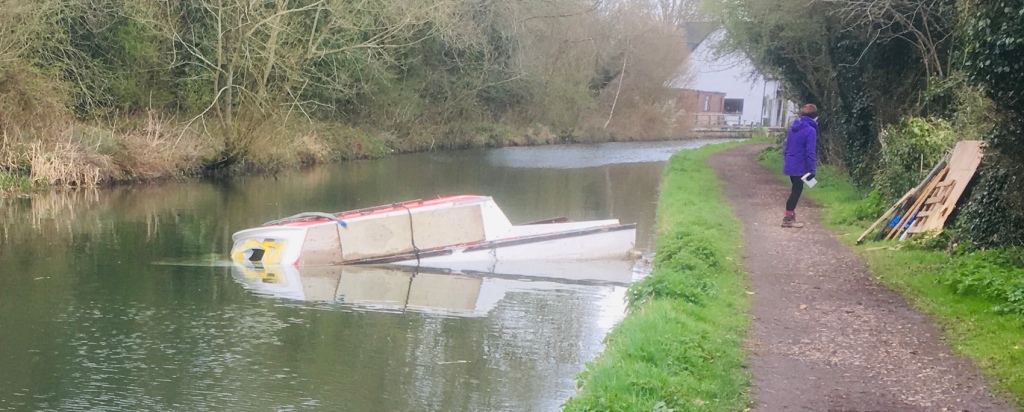
Walking on, passing some more of the abandoned water cress beds adjacent to the River Bulbourne.
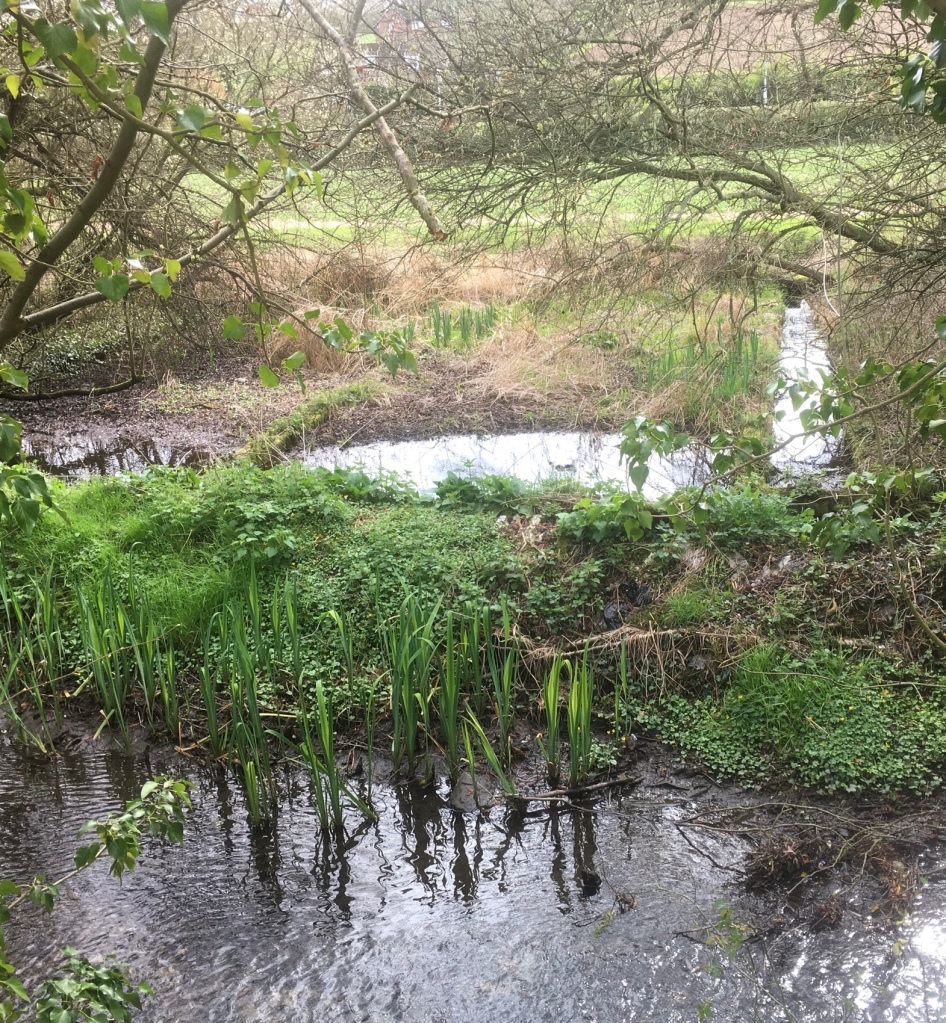
At this point the walk took us away from the canal, across a road and up the tantalisingly named Sugar Lane for some distance and quite close to the very busy A41 – still some good views.
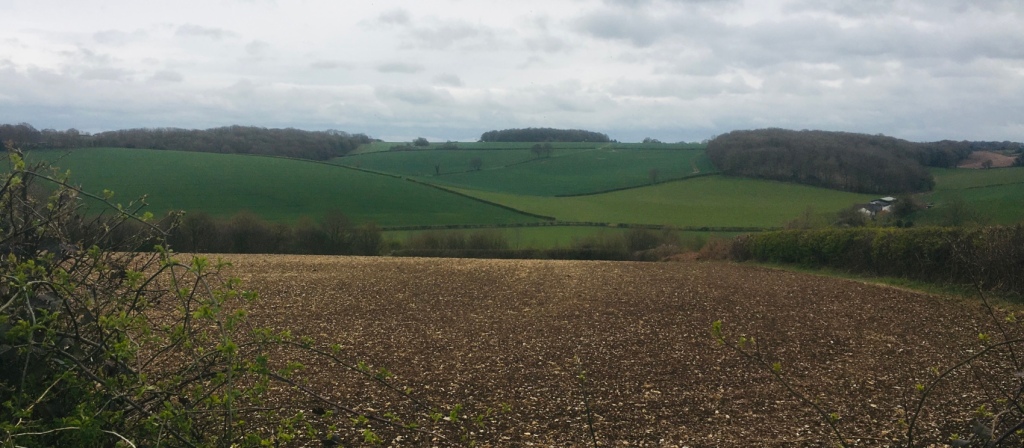
A little further on I noticed this iron marker post half obscured by the hedgerow .

The horror of finding abandoned babies on the streets of London led a retired sea captain to found a historic children’s home. The sight was common in the capital during the early 18th century and spurred Thomas Coram to campaign for a Foundling Hospital. He was successful, and in 1739 George II granted a Royal Charter for the project.
In its first decade, the Foundling Hospital at Lamb’s Conduit Fields had more than 20,000 children during the 18th and 20th centuries whose mothers were unable to care for them. Foster mothers would rear babies until they were five years old, when they would be readmitted to the hospital for an education.

In the summer of 1935 the hospital moved to an impressive new building on the Ashlyns Hall Estate in Berkhamsted, where it continued until 1955. Herts County Council took over the educational responsibilities and the buildings eventually became Ashlyns School. The building, with its girls’ and boys’ wings, extensive playing fields and imposing chapel, would have been quite a talking point in the town.
Further and more detailed background can be found on the link below.
http://www.childrenshomes.org.uk/Foundling/
And all of that was prompted by an old marker post in the hedge.

Tuesday and time to return home, via Chesham for a lunchtime meet with friends then back to Sutton Coldfield in time to go to the symphony hall to catch 10cc in concert. Lovely break,thanks Nelly & Dan.
And of course, Missy

Where are my boys?
They are in deepest water
Where are they now?
They are over the hill and far away
But they are broken men who lie low
Waiting for miracles
Old men of rock and roll
Came bearing music
Where are they now?
They are over the hill and far away
But they’re still gonna play guitars
On dead strings, and old drums
They’ll play and play to pass the time
The old wild men
Old wild men
Old wild men, waiting for miracles
Lord have mercy upon the many
Lord have mercy upon the few
Lord have mercy upon the many
Lord have mercy on me and on you
Old,Wild Men – 10cc
